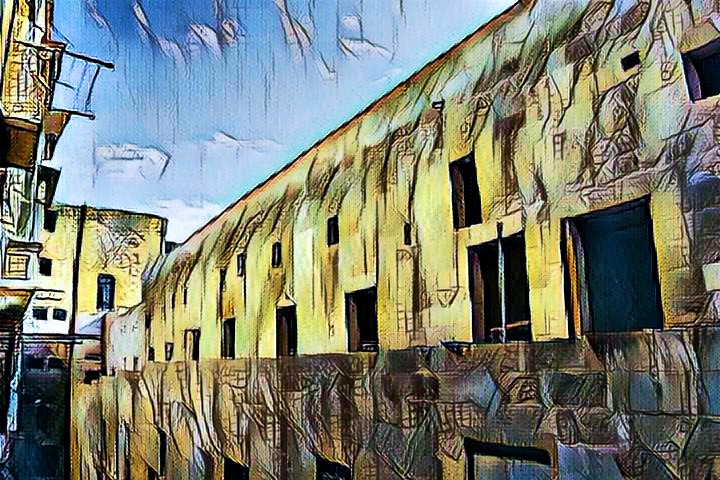
Unlike Is-Suq, immediate neighbours of Valletta Design Cluster appear to be on-side and look forward to the proposed open access roof garden and possibility of finding artists on their doorsteps.
by Josephine Burden
Image by Raisa Galea (assisted by Fotor & GoArt)
[dropcap]I[/dropcap]n one of the previous articles I wrote about MUŻA, in the hope that the relocated and renamed Museum of Fine Arts would fulfill its promise of opening to community stories and offering public access through the central courtyard—a significant linking space for us all to hold in common. The transformation is near complete and the new location opened to the general public in December. Ministers, Prime and otherwise, have lauded the project stressing the cost and the concept.
In his article “Project With People For People” Owen Bonnici, Minister for Justice, Culture and Local government, writes of MUŻA as “a hybrid of public spaces, galleries and retail facilities, equally relevant within one interconnecting weave that defines Muża as a national community art museum.” He adds: “Renovations to the historic building included provisions to ensure it is energy-efficient and has climatic control to protect the artwork on display.”
Therefore, MUŻA appears to embrace the idea of a linking space within the commons of Valletta and the Minister’s article draws our attention to another aspect of the common good, our shared environment.
The Minister does not mention names when he talks of “months of planning, meetings, discussions, restoration and branding” but I suggest that Sandro Debono, as mainstay of the project, and the many workers who have contributed their expertise and dedication to create a reality from an idea, must take credit for enabling government to celebrate important aspects of the common good.
![]()
So how does the fourth Valletta 2018 flagship project in this series—the Biċċerija, or Valletta Design Cluster (VDC) —shape up in relation to the added criterion of the environment as a common good?
[beautifulquote align=”left” cite=””]The aim of VDC is to set up an accessible space where creative professionals can work with each other and with the community.[/beautifulquote]
To date, we are only aware of preparatory process which can helps us assess possible legacy of the project. We know that the aim is to set up an accessible space where creative professionals can work with each other and with the community. I also know, from my experience of the process, that door knocking, artist and resident workshops, street meetings, site interventions and tours have featured prominently over the years since the project was announced.
I have participated in community workshops and street meetings where issues identified by the local community were compiled into a report and used to inform the process. At a following workshop with artists and cultural workers, we drew on this report to create interventions at the derelict site at the bottom end of Old Bakery St where it joins St Christopher St. The concept that informed the event was of an internal space that opened to the world beyond.
![]()
My contribution was to work with a film-maker and architect, Alberto Favaro, to produce a short video about attitudes to rubbish. I also donned my academic gown, embellished with party trinkets, and read from the report, framed in one of the windows onto the street. I wanted to express the thought that academic reports may sometimes moulder on shelves without informing action.
Genuine effort has been made to resettle the squatters who had set up home in the precarious building and to counter the inevitable gentrification of the area. Unlike Is-Suq, immediate neighbours appear to be on-side and look forward to the proposed open access roof garden and possibility of finding artists on their doorsteps.
Regular tours of the building have been offered for residents as the work progressed and workshops have been held with the Japanese design artist commissioned to bring the roof garden into reality. Links to other creative venues in the vicinity such as the Society for the Arts have also been forged and open up interesting possibilities in regards to the roofs of Valletta. I am a slightly more distant neighbour living at the other end of the street, but I have felt engaged and happy with the process. It is slow and the opening is delayed into 2019 but already the restoration is lifting the streetscape and I can include the route as my pedestrian access to Jews Sally Port and beyond to the Sliema ferry.
So the Biċċerija appears to be establishing spaces for artists to co-create as well as interact with the neighbourhood.
![]()
Cultural spaces that contribute to new thoughts and perspectives for artists and residents alike may become part of Valletta Commons.
[beautifulquote align=”left” cite=””]Genuine community consultation gives promise of an end that will enhance Valletta Commons.[/beautifulquote]
Good neighbourliness through design and action, as well as enhanced pedestrian links, community access, and environmental consideration also appear to satisfy the criteria we have identified so far. But the project also adds another dimension to my concept of the commons—the criterion of process that takes account of the common good. I do not subscribe to the notion that the end justifies the means but I do hold that good process is more likely to lead to good outcomes. Genuine community consultation gives promise of an end that will enhance Valletta Commons. Or perhaps the Commons may be considered as process rather than fixed product.
I began this series by suggesting that I wanted to explore my own life as a process of action research alongside the concept of the commons in relation to the place where I live, Valletta. I framed the series by focusing on the four flagship projects of Valletta 2018: Strait St, Is-Suq tal-Belt, MUŻA and the Valletta Design Cluster and other aspects of the changing face of Valletta. I’ve identified some of the attributes of the common good that have emerged for me in the process of writing:
-
Good neighbourliness and the extent to which design and action take account of people.
-
The extent to which public space enables human interaction.
-
The intangible heritage of daily domestic life.
-
The contested nature of the Commons and strategies of resistance.
-
Shared stories as a common good that enables the flow of ideas.
-
All aspects of the environment as a common good.
-
The Commons as process.
Like all lists, this is incomplete and cries out for further exploration to enable the Commons of Valletta to continue flowing creatively. During the year of Valletta as ECoC, multiple projects have built networks between artists and between artists and communities. Some of them have sought to reimagine the spaces that surround and our identities in relation to others and to the environment.
I have focused here on the importance of the linking spaces within the city and between the flagship projects, to suggest that the legacy of Valletta 2018 is mixed and we still have a lot of work to do. In my next article, I’ll explore the boundary area outside the Valletta bastions as a linking space that is to some extent beyond the imperatives of Government and Commerce that construct and limit the Commons within the walls.
The Valletta Design Cluster. Work in Progress:
At the moment, The Valletta Design Cluster is still a construction site, but it nevertheless welcomes individuals interested in contributing to the project in the future.


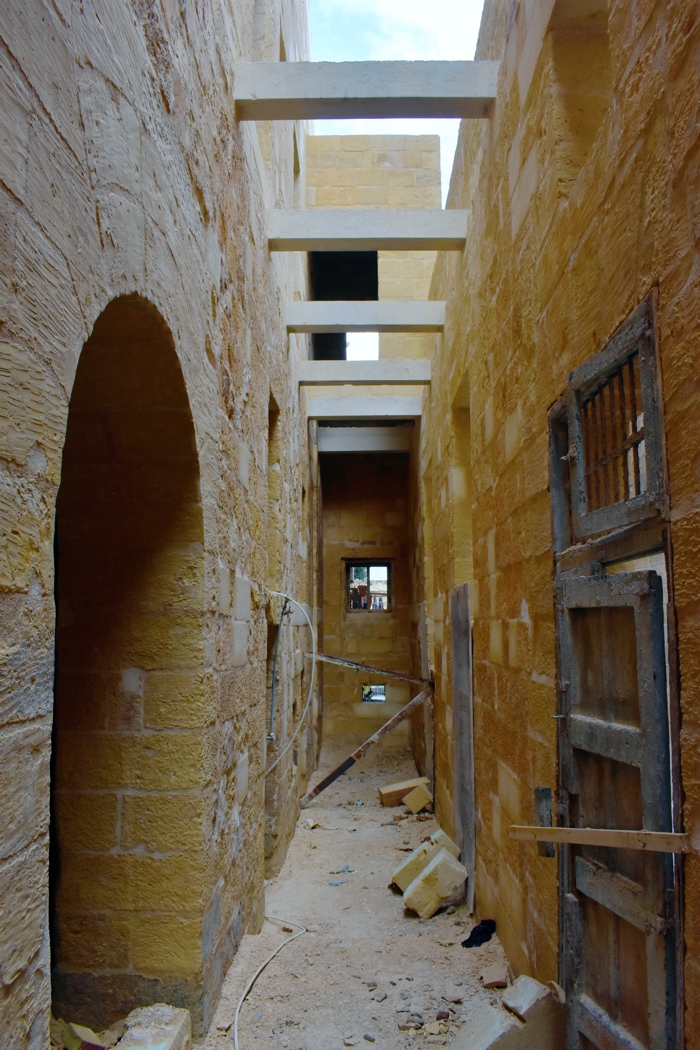
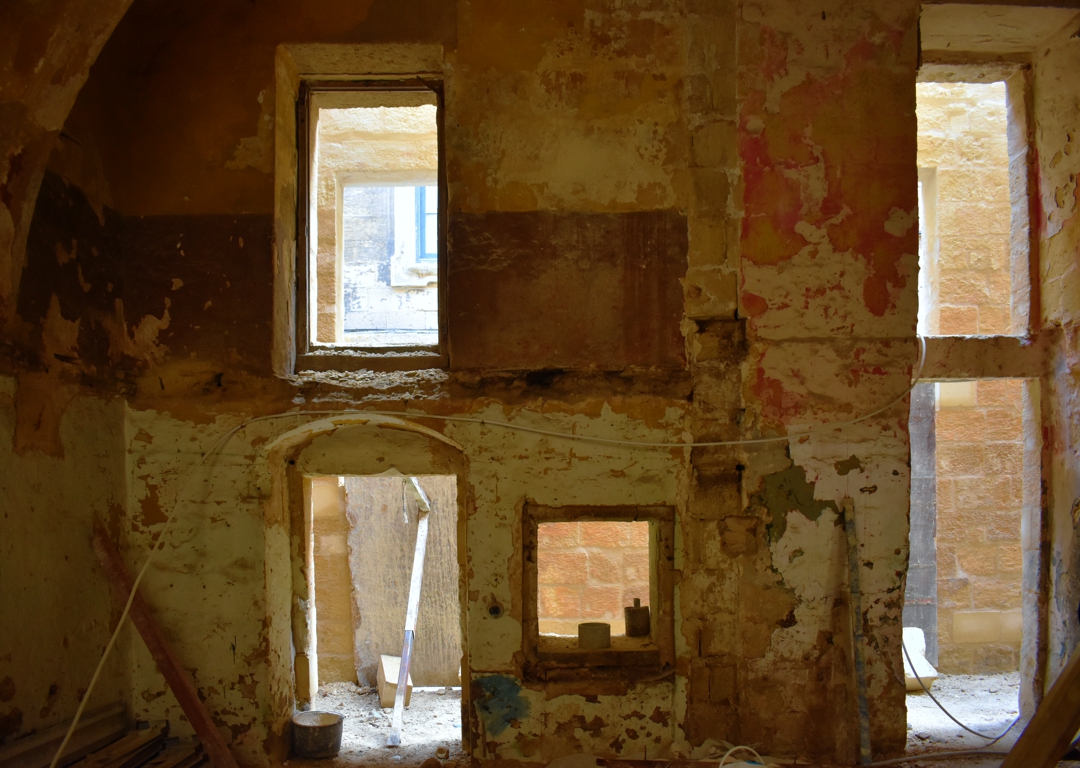
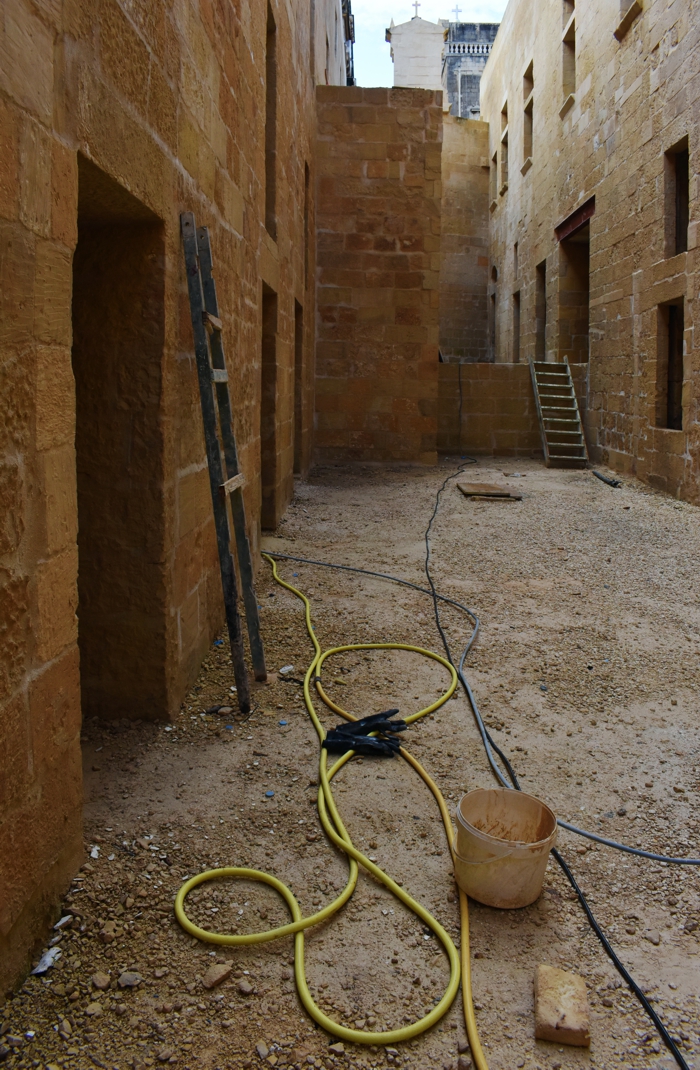
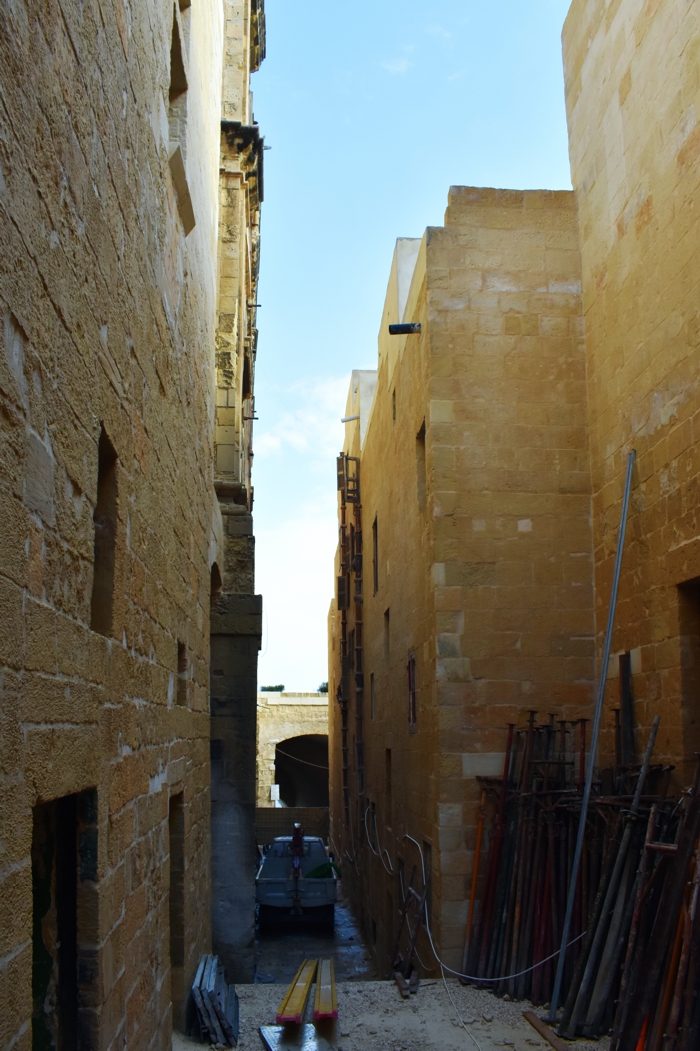


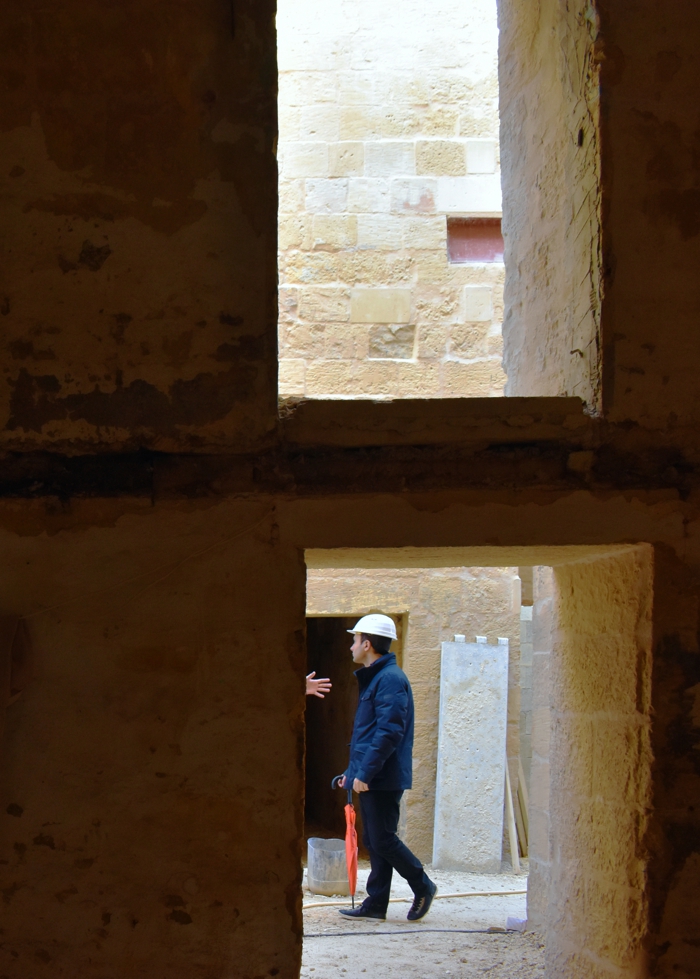

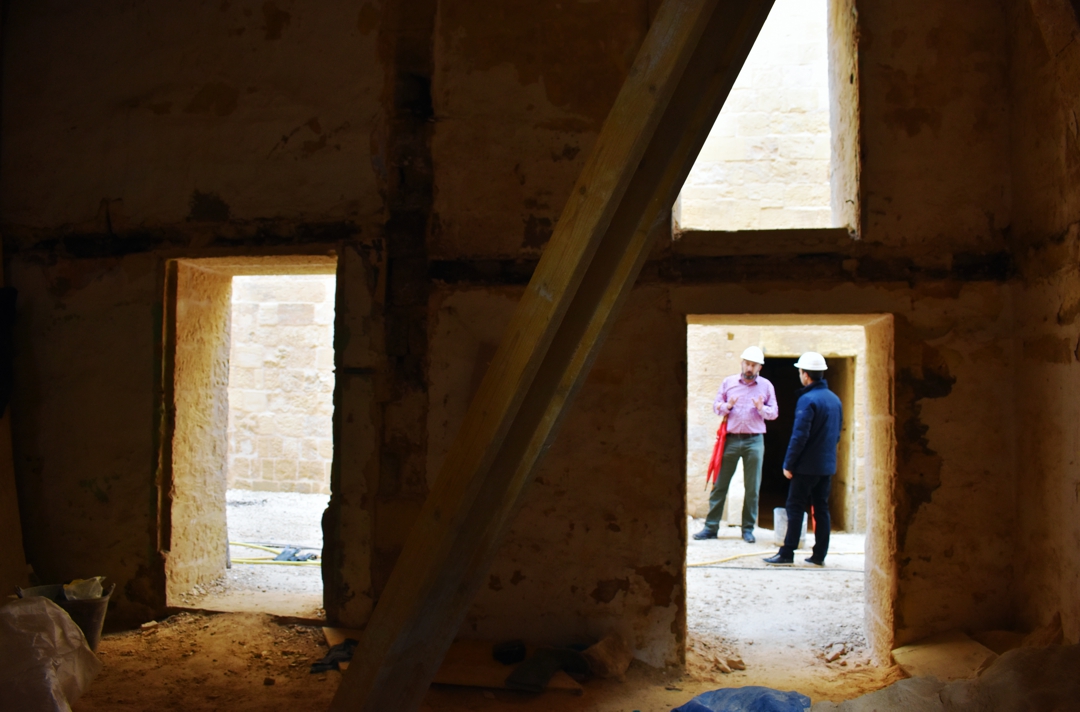
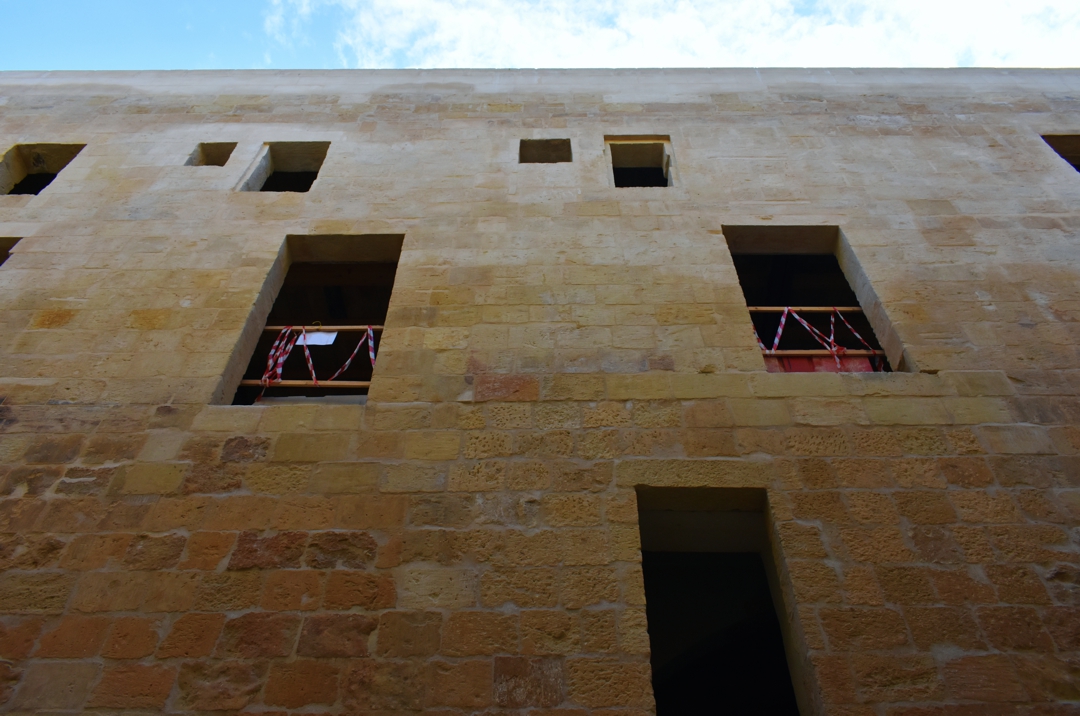
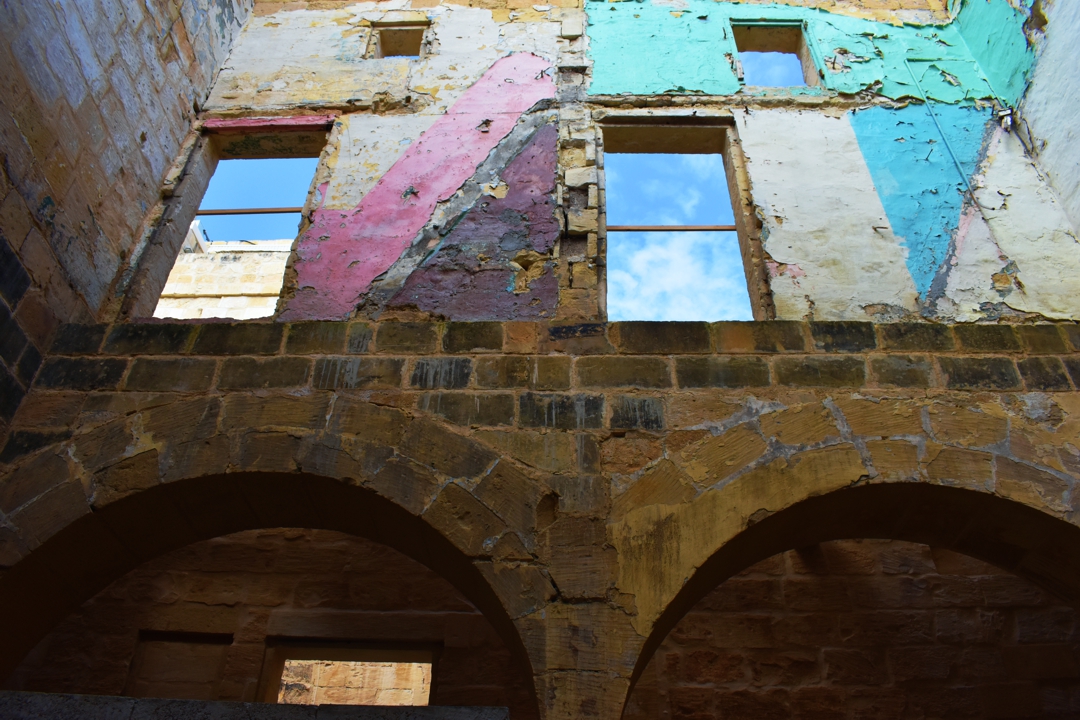
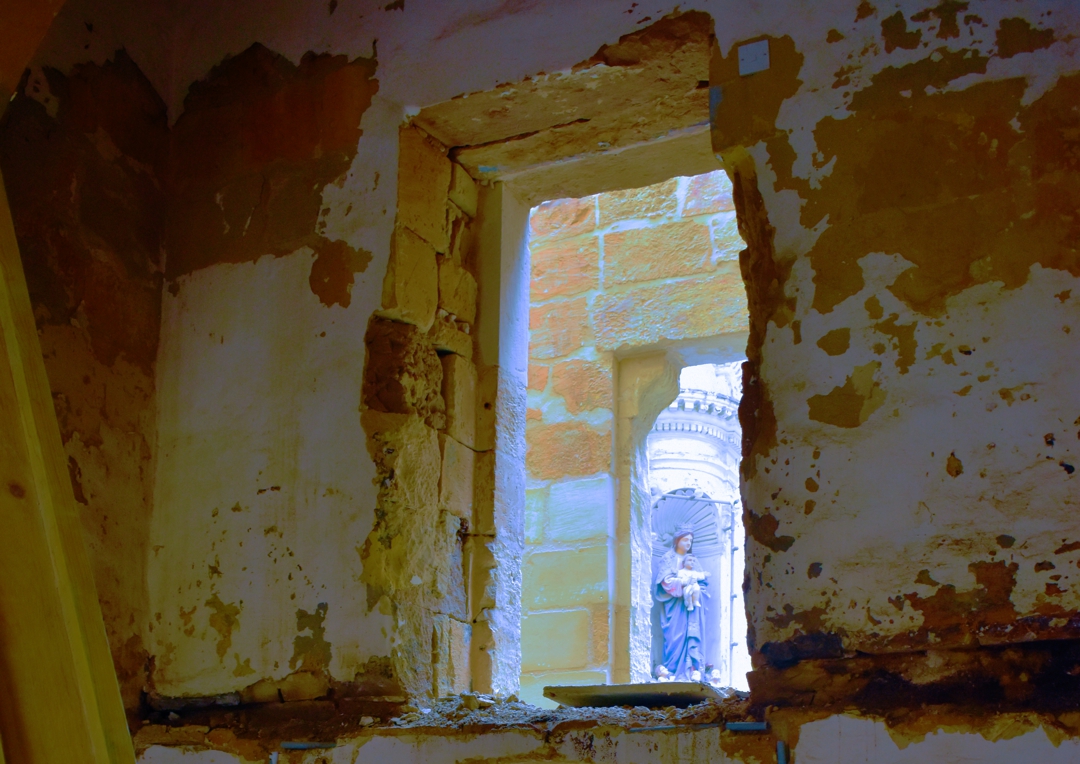
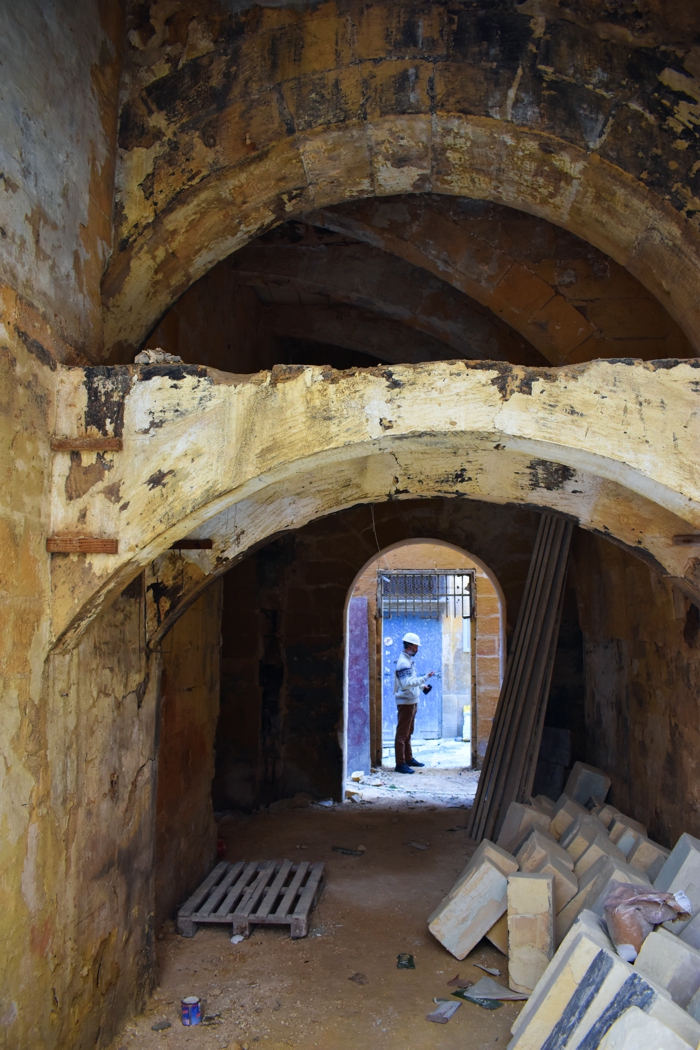

![]()
Read the previous chapters of the series “Valletta and Our Common Good” below:
Part 1: Strada Stretta.
Part 2. Is-Suq tal-Belt.
Part 3. MUŻA.
Part 4. City Lounge and Residents’ Resistance.